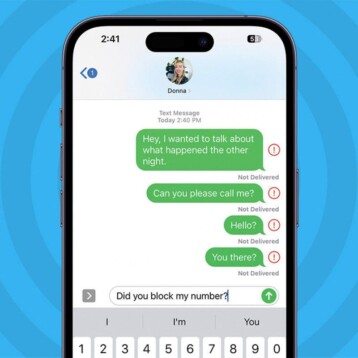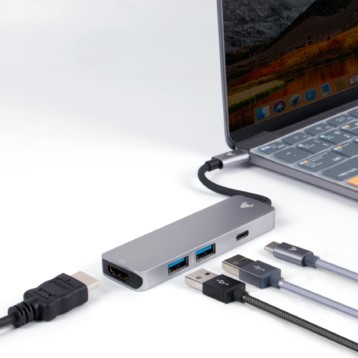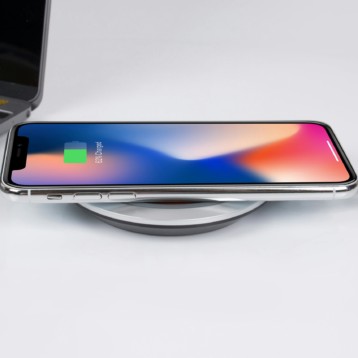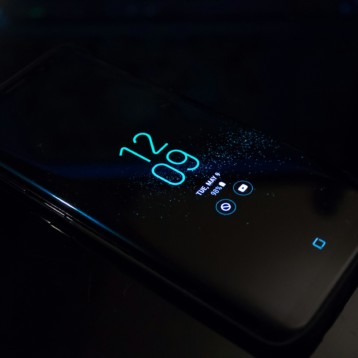With the evolution of mobile application AI, banking transactions have become much faster and consume much fewer resources than ever before. Users are quickly guided to their preferred channels using AI-based apps, which is helping to boost the efficiency and speed of transactions thanks to automated, real-time payment processing.
AI provides a personalized experience to customers thanks to
- financial decision-making (based on context, preferences, and user location)
- investment tip suggestions (based on insurance, earnings, monetary inflation, and other considerations)
- product and service notifications in the customer’s interest (based on their purchase history or in-app behavior)
Banking apps are becoming increasingly faster, simpler to navigate and much more user-friendly, but like with any tech niche, there will always be app developers who continue to push the limits and who have never stopped innovating.
In banking, there have been major developments in only a few short years. Some of the most popular apps include features like investment tracking, money management and card-free NFC purchases.

If you have the next big app idea in finance or banking, you have a rewarding task in front of you, but one that comes with its own unique challenges and hurdles. You’ll need to know exactly what kind of app you want to design and you’ll need to partner with the right mobile app developer, not only to help you design an app with perfect functionality but also one that can provide tips for pitching an app to investors to help you maximize your funding.
Here are some of the major breakthroughs of the last few years.
Invisible Banking
Apps like Chime replace the brick-and-mortar banking experience with an entirely digital alternative — one that required a top-notch UI and UX. Quality user interface and user experience design isn’t something Chime tapped into at the end of the project. Rather, the look and feel of the app was built with a specific demographic in mind and a design that tapped into it.
Solid app developers leverage visuals and graphics throughout the app development process. From start to finish, developers and clients know exactly what users will see and experience.
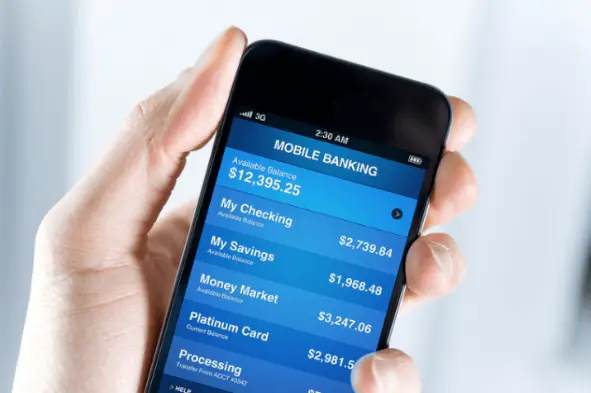
In the case of Chime, users craved a minimalist platform capable of acting as a mobile debit card. Security was a priority, but so was a clean look and real-time updates and notifications. So, while Chime’s physical location is invisible, its mobile location is pristine, functional and inviting.
Open Banking
Open banking spans both digital and core banking worlds. On the digital side, open banking gives app developers the opportunity to build apps that offer a universal interface.
Some of the most popular open banking apps include Charles Schwab and Stripe. Both of these apps allow the user to manage multiple accounts. While this might seem like a complex nightmare for an app developer, those who begin the development process with a clearly defined wireframe are able to build apps that tease apart complexities. A clearly mapped course results in a functional end product that is created without an infinity of iterations.
Money Management
Simple is a money management app designed and developed to give users access to their funds at all times, but still able to organize their savings into virtual envelopes. The app tracks how close the user is to meet their specific savings goals and lets them set automatic savings, adjust amounts and calculate a budget in-app.
App developers work with clients to develop innovative apps for specific audiences and any app development company worth their salt will keep their client informed every step of the way through storyboarding and wireframing to testing, launch, and QA.
Bells and whistles for the sake of bells and whistles won’t endear an app to users, nor will it impress investors. Explanatory landing pages, Android and iOS functionality and useful features attract a loyal user base.

